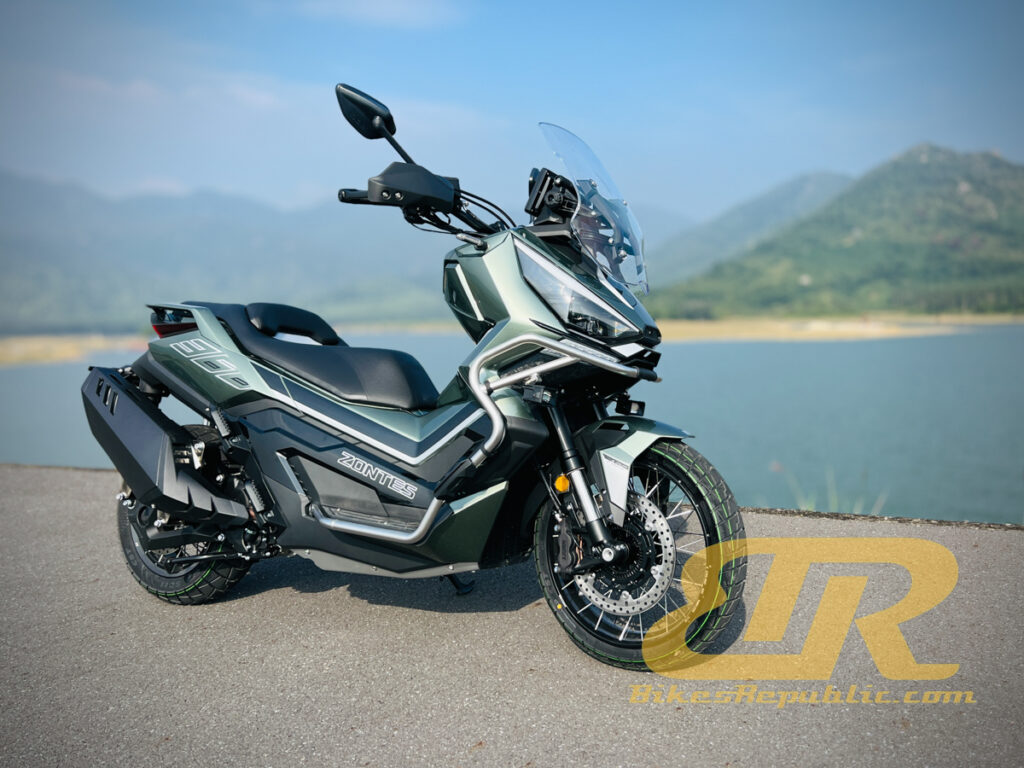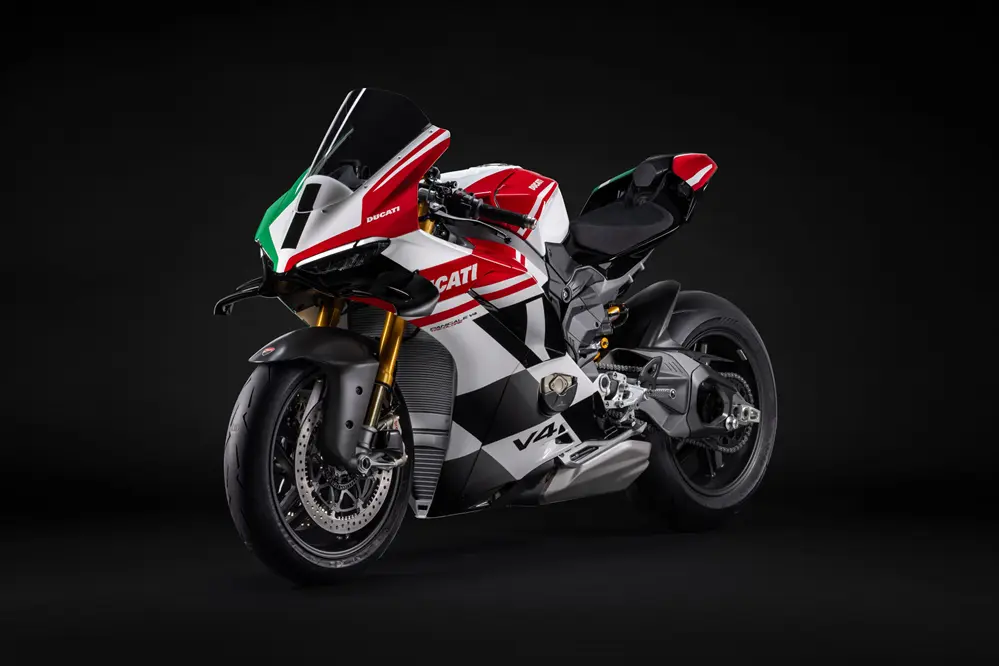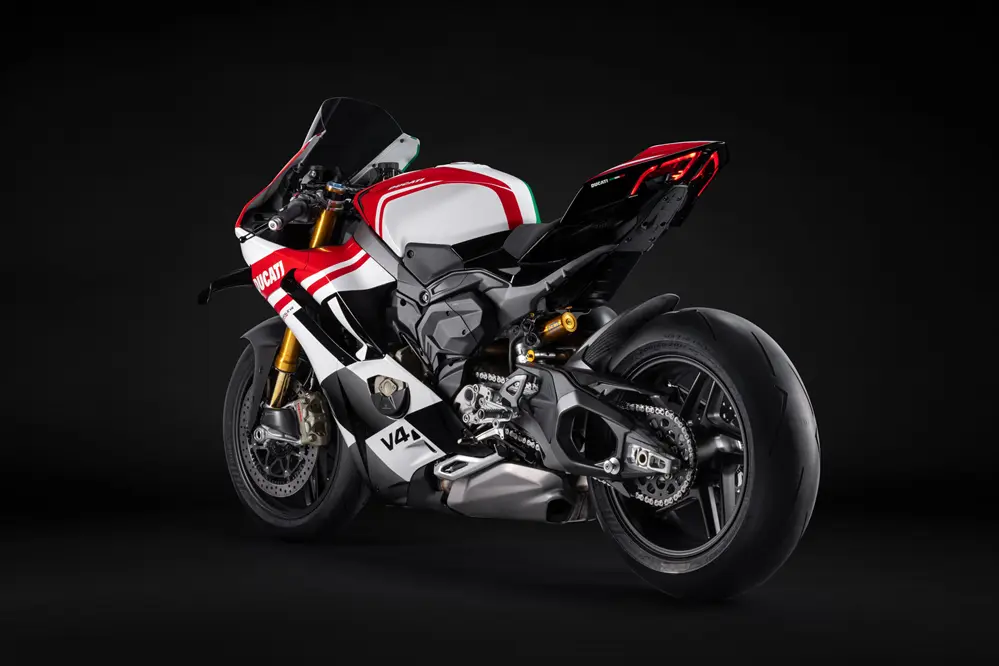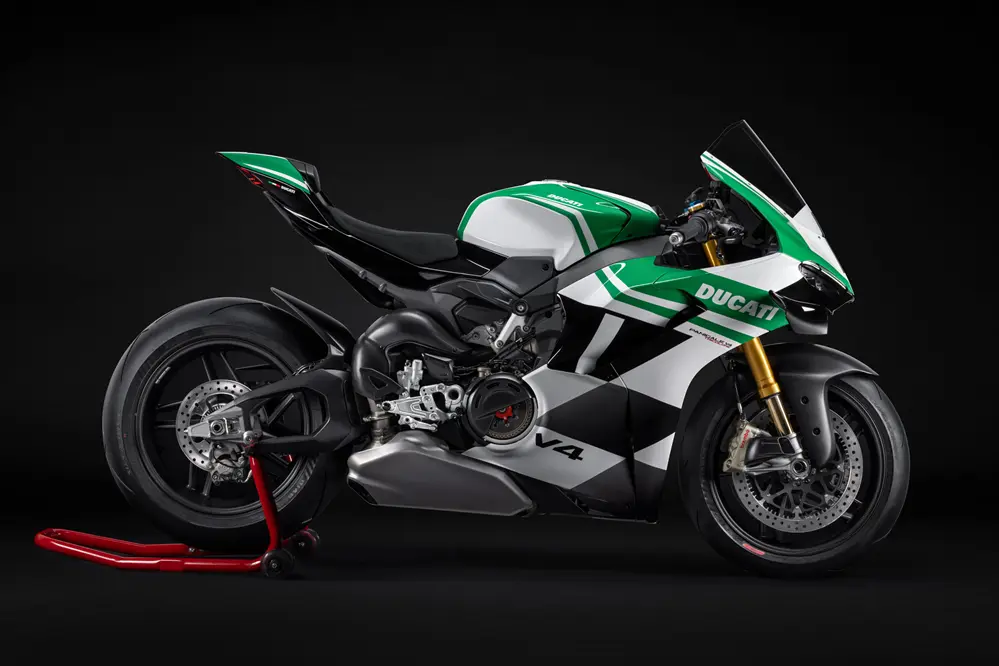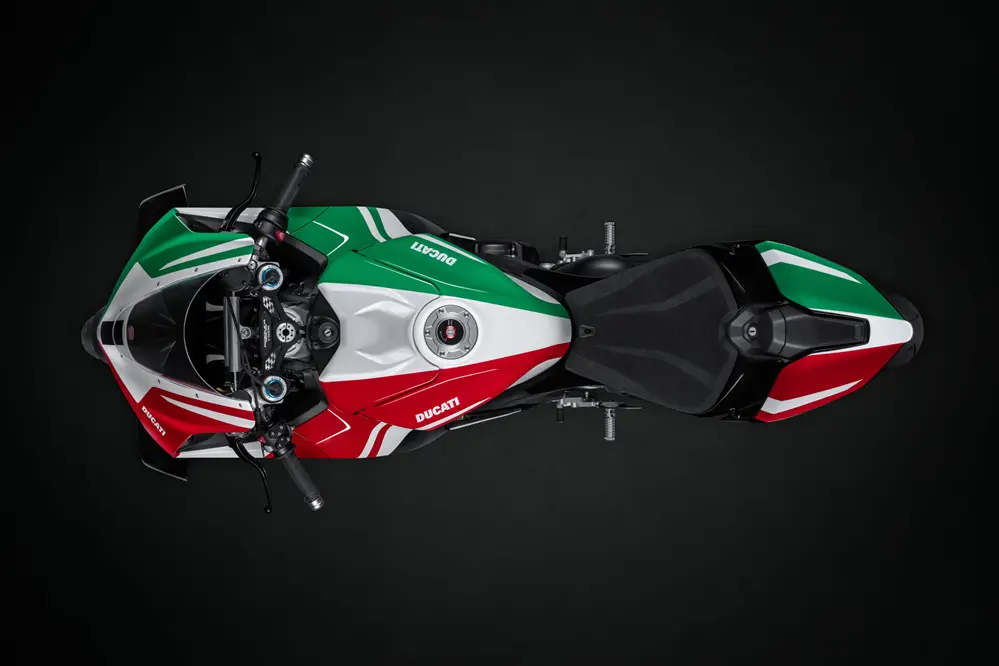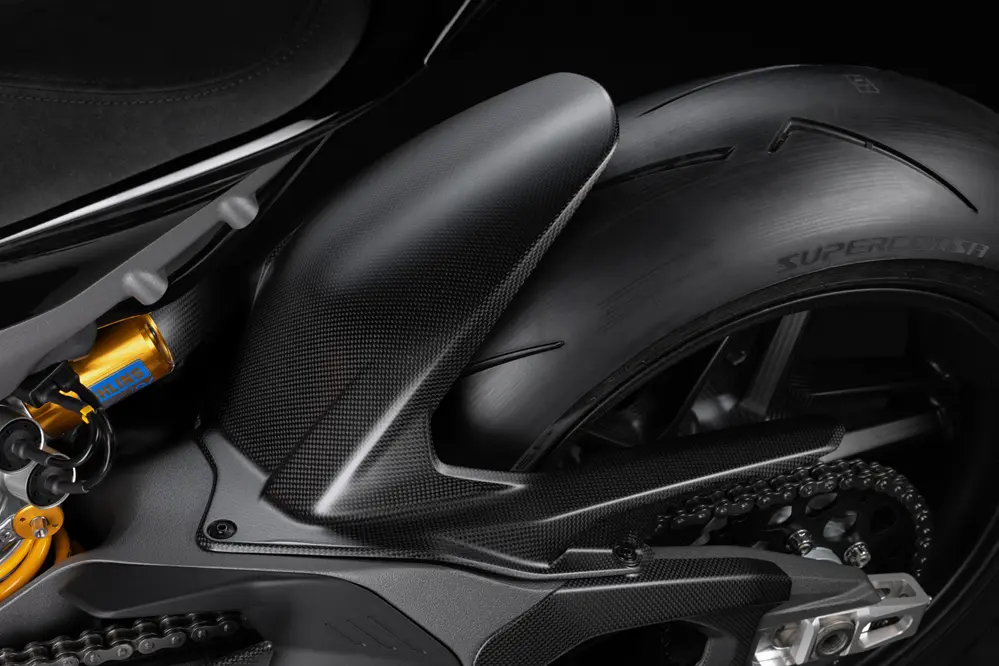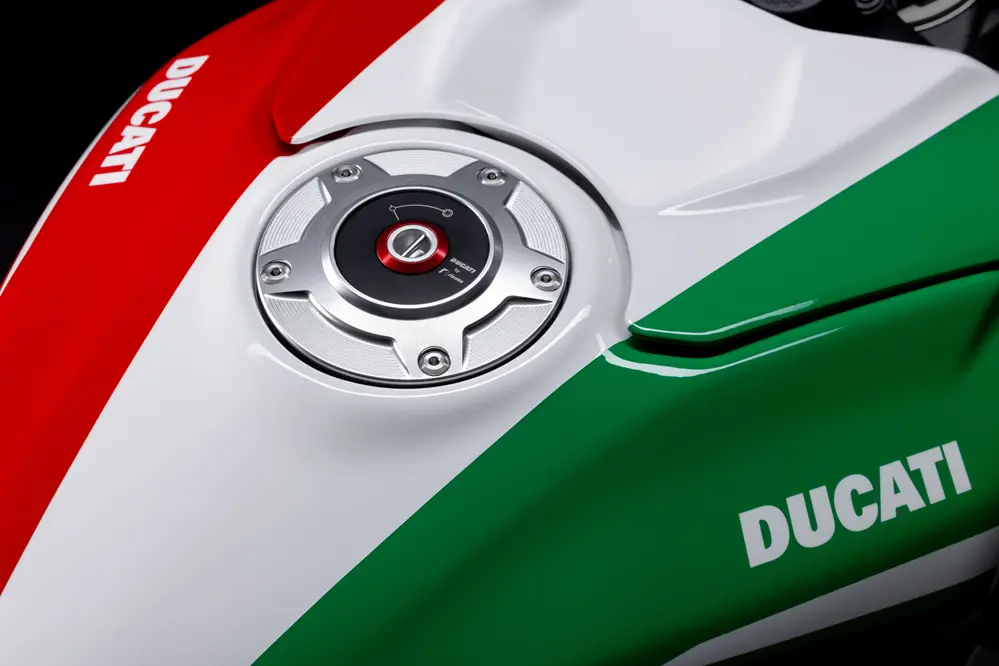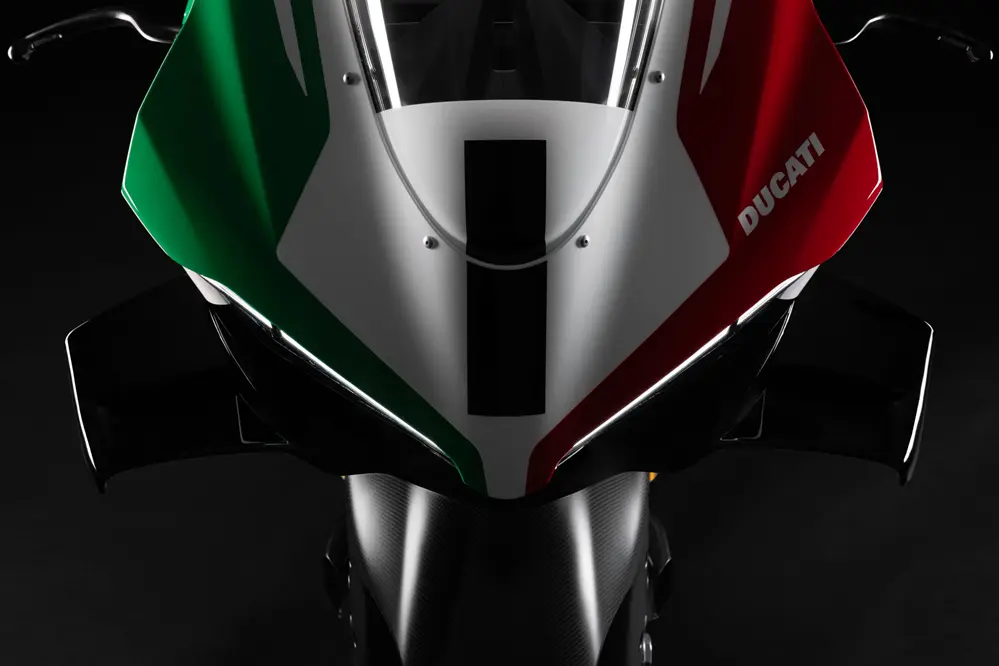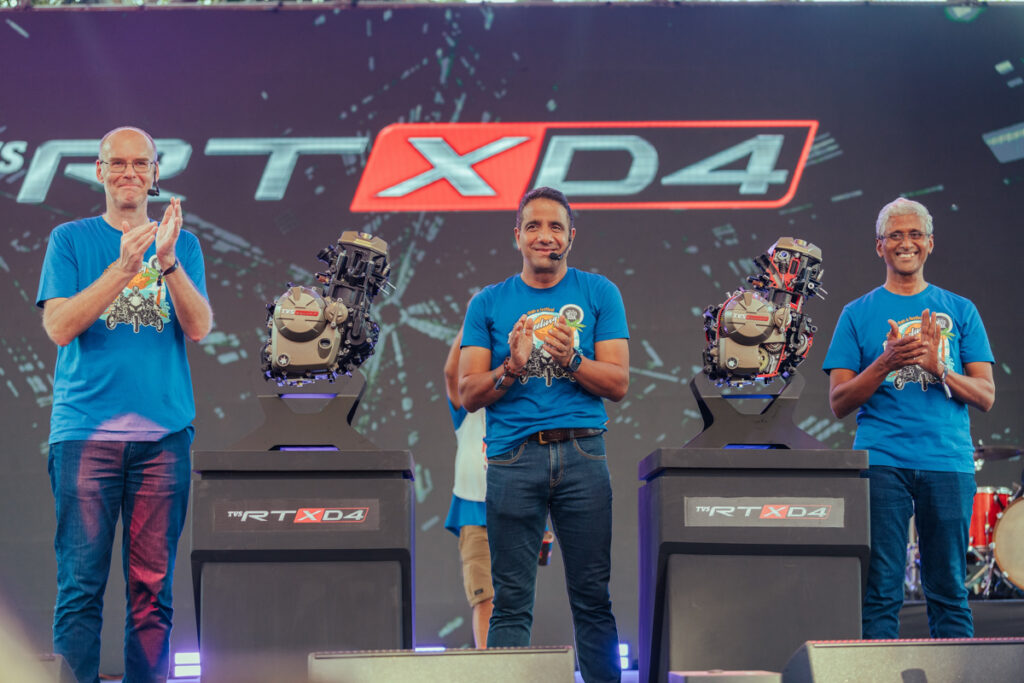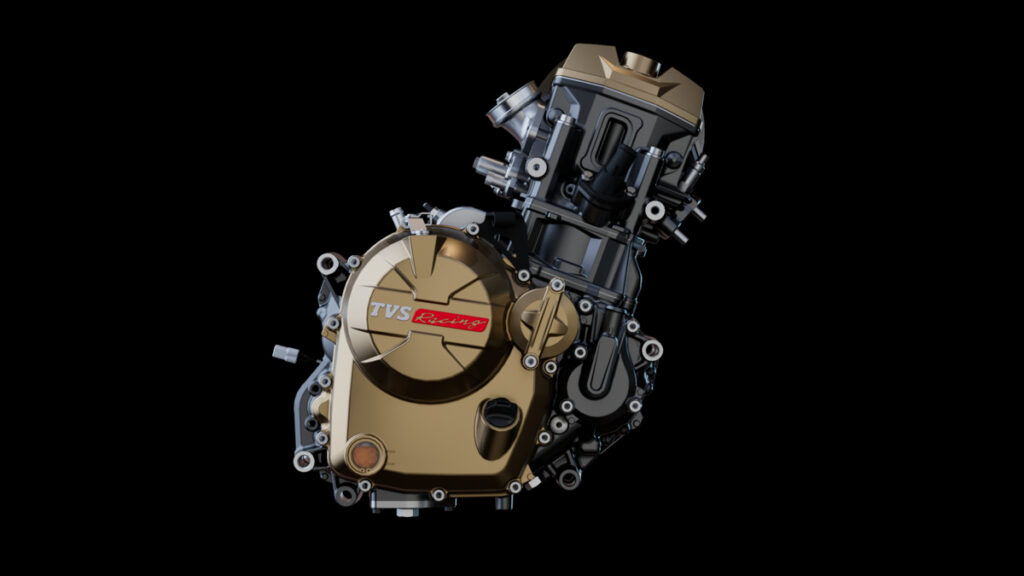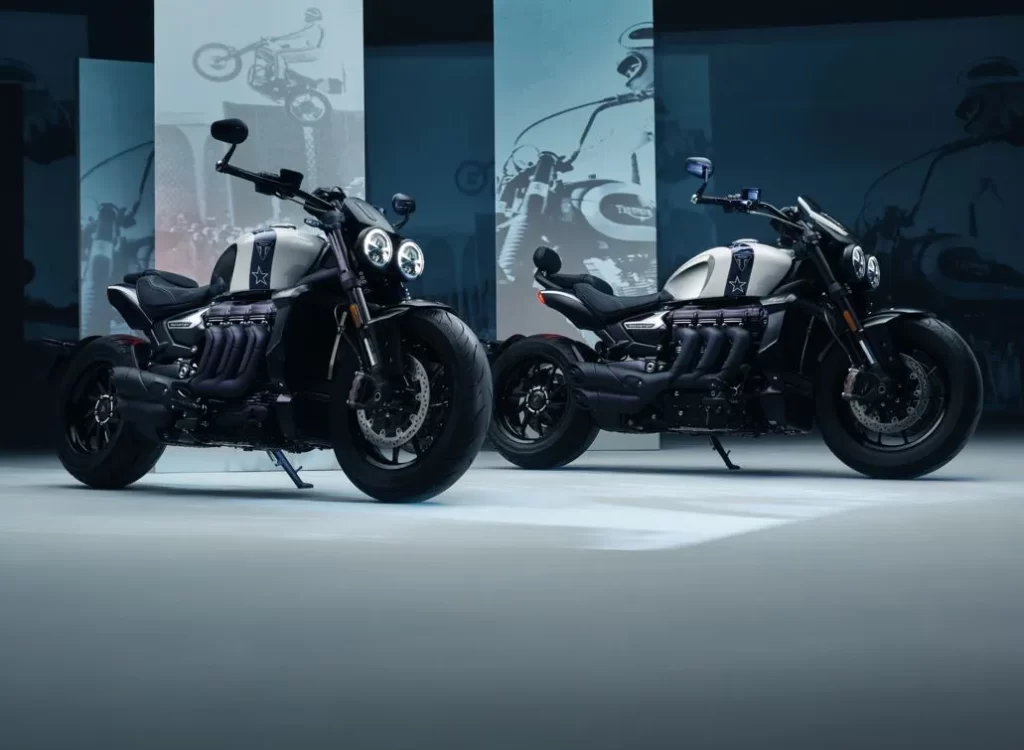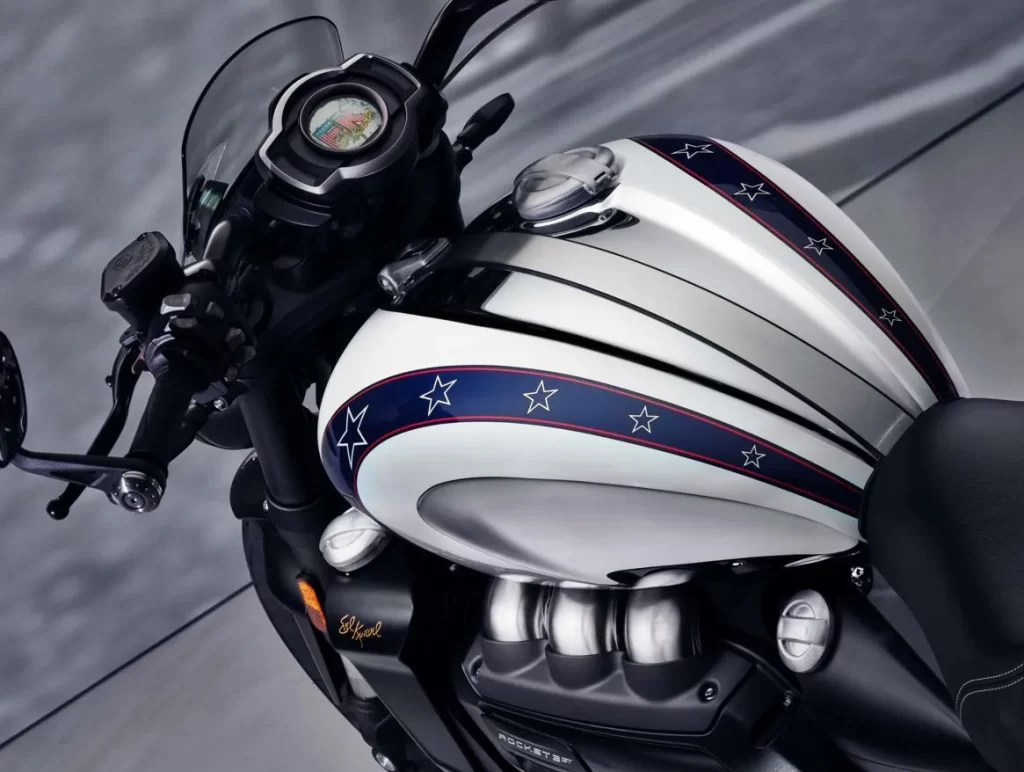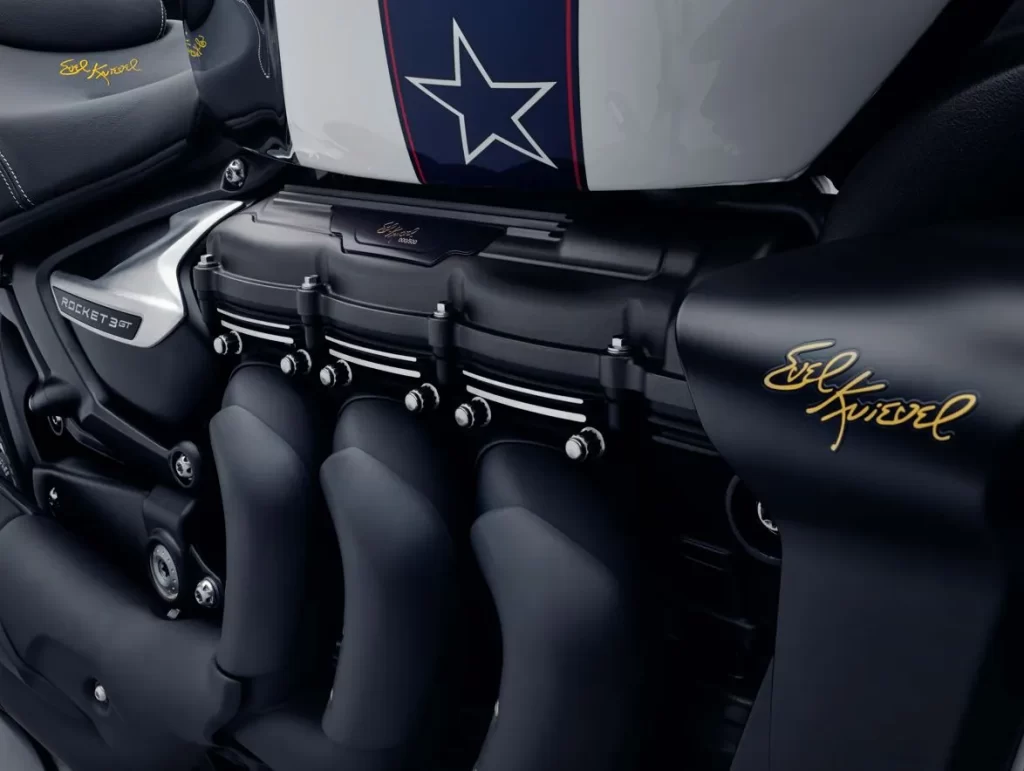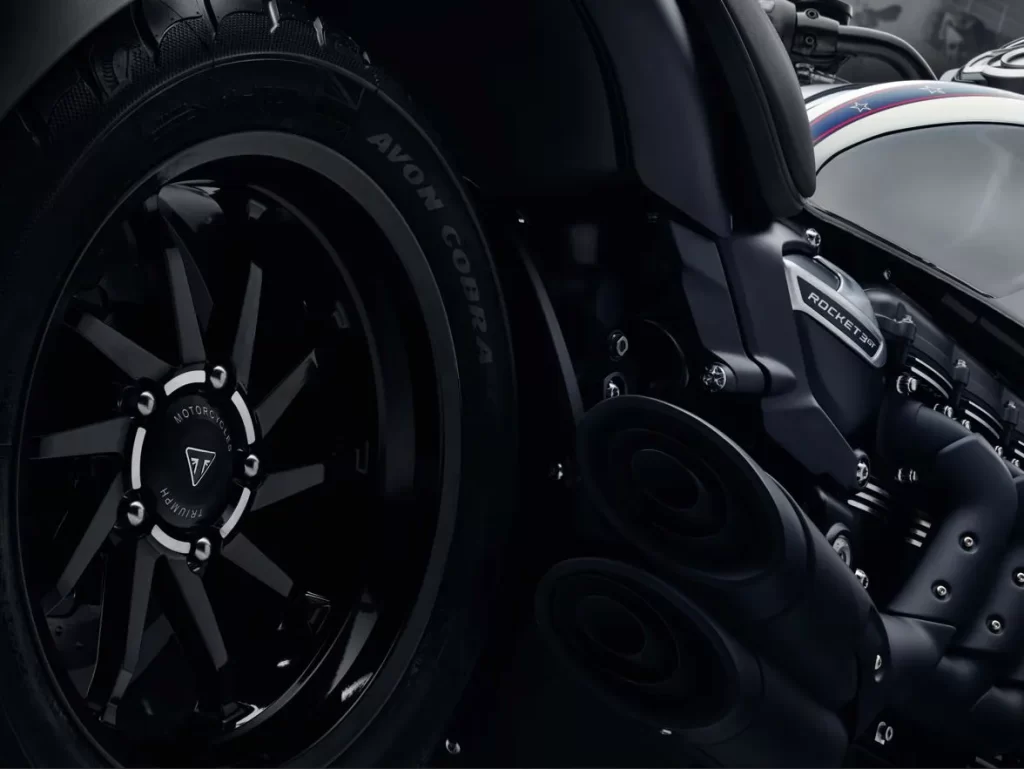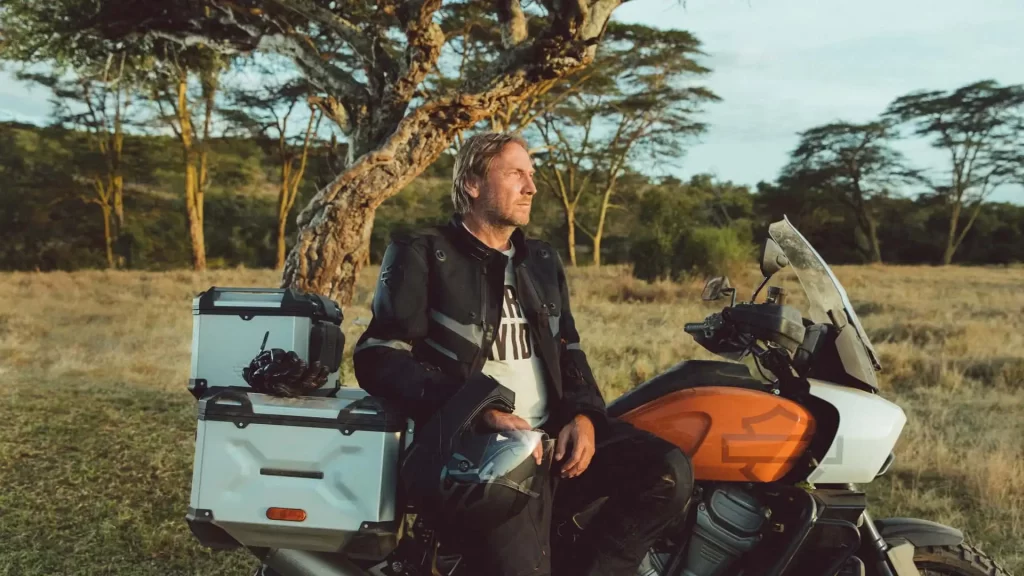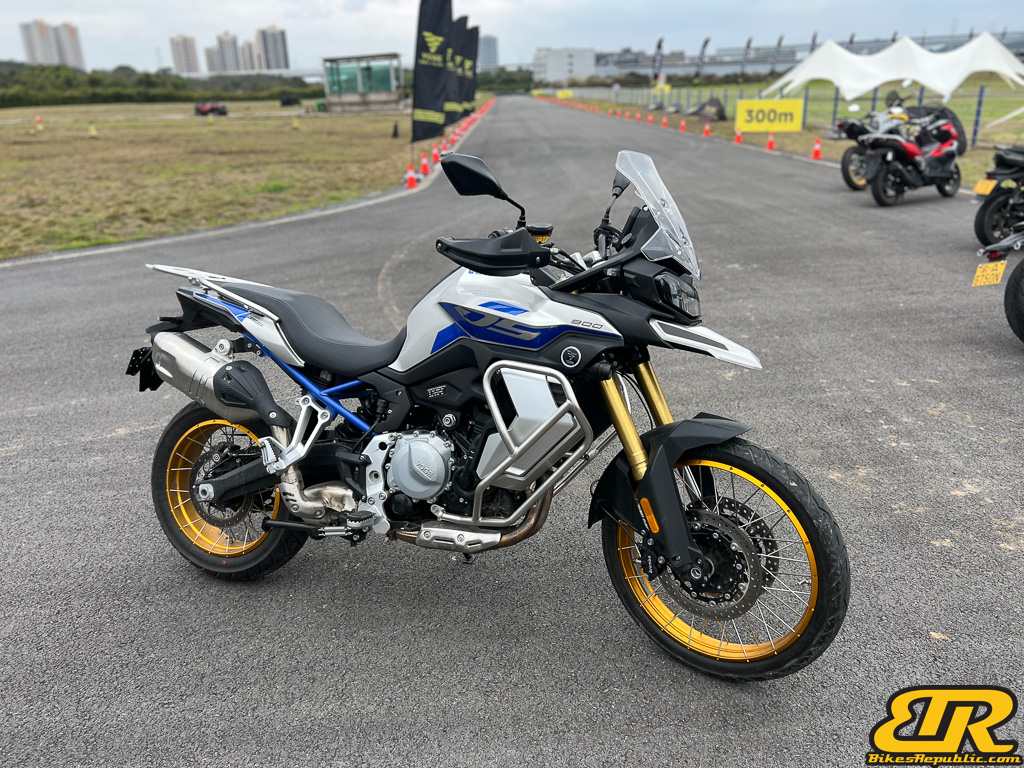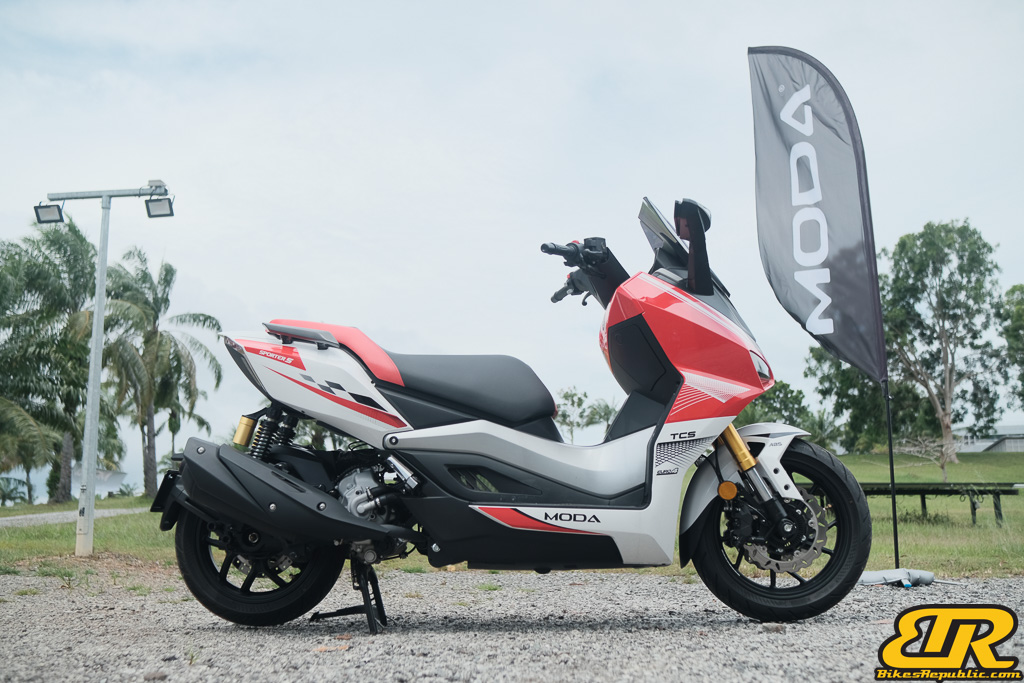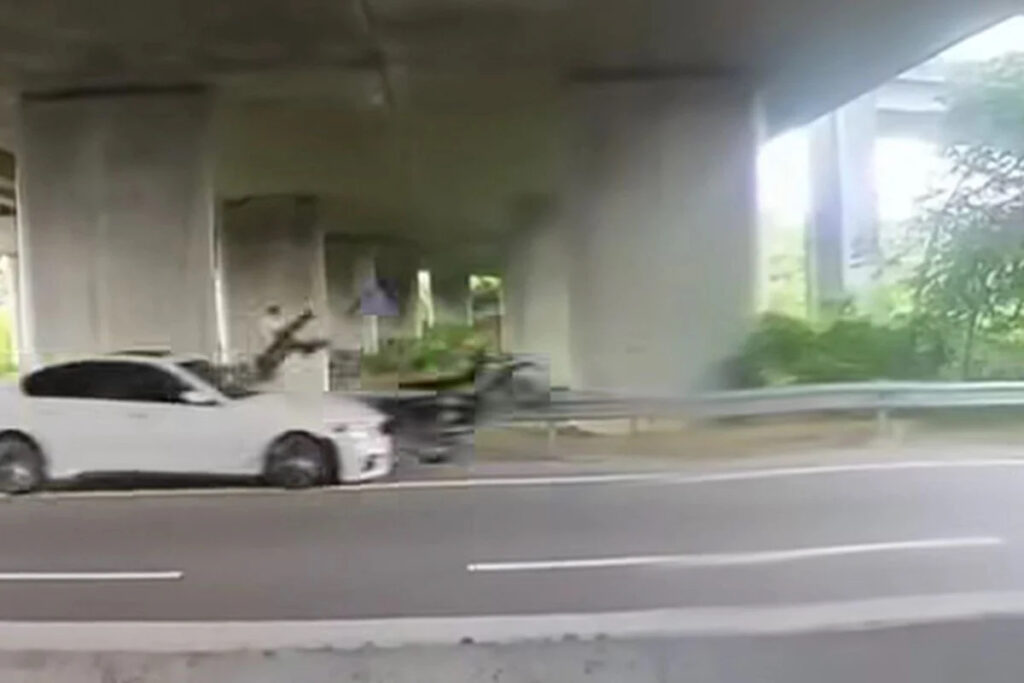Five years ago, just before the world went in survival mode, we had visited the Guangdong Tayo Motorcycle Technology in China, the maker of Zontes Motorcycles. Since then, we have seen the arrival of the Zontes 310 and 155 line-ups in Malaysia. Fast forward five years and here it is, the Zontes 368G.
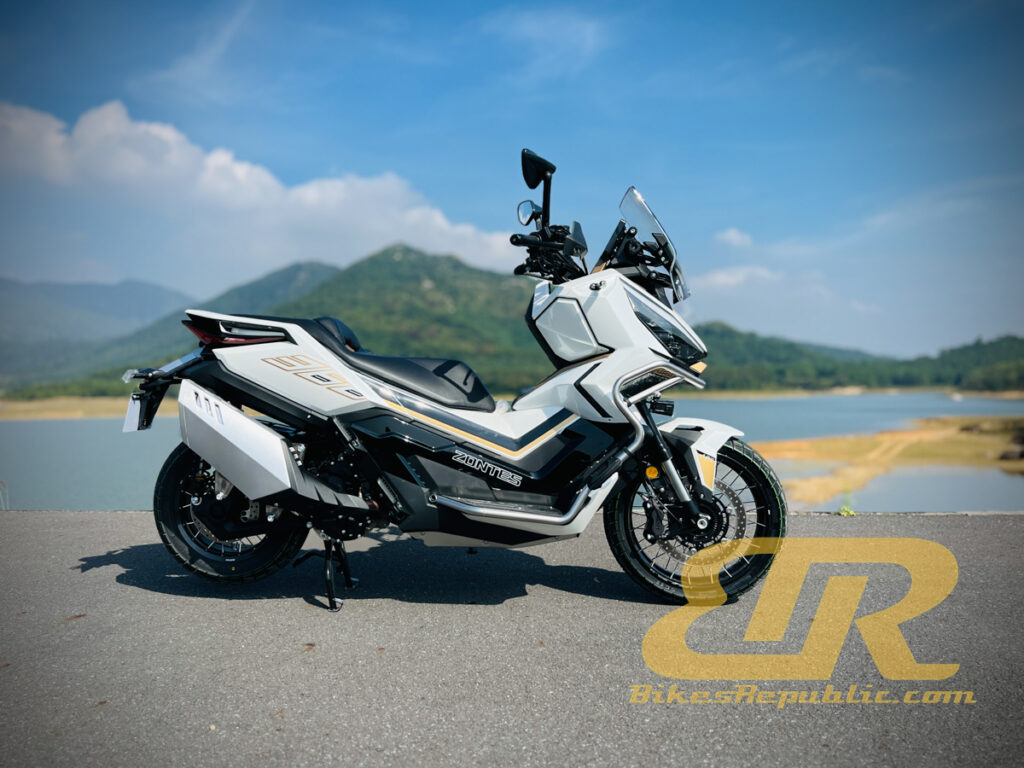
What is it?
The Zontes 368G is a scooter built on Zontes’ all-new 368 platform and is the latest contender in the crossover scooter segment. That means semi-knobby tyres on wire spoked wheels, and crash bars. But we shall see what sets this one apart from the competition in a bit.
Zontes says that they took inspiration from the Gundam anime series for the bike’s design.
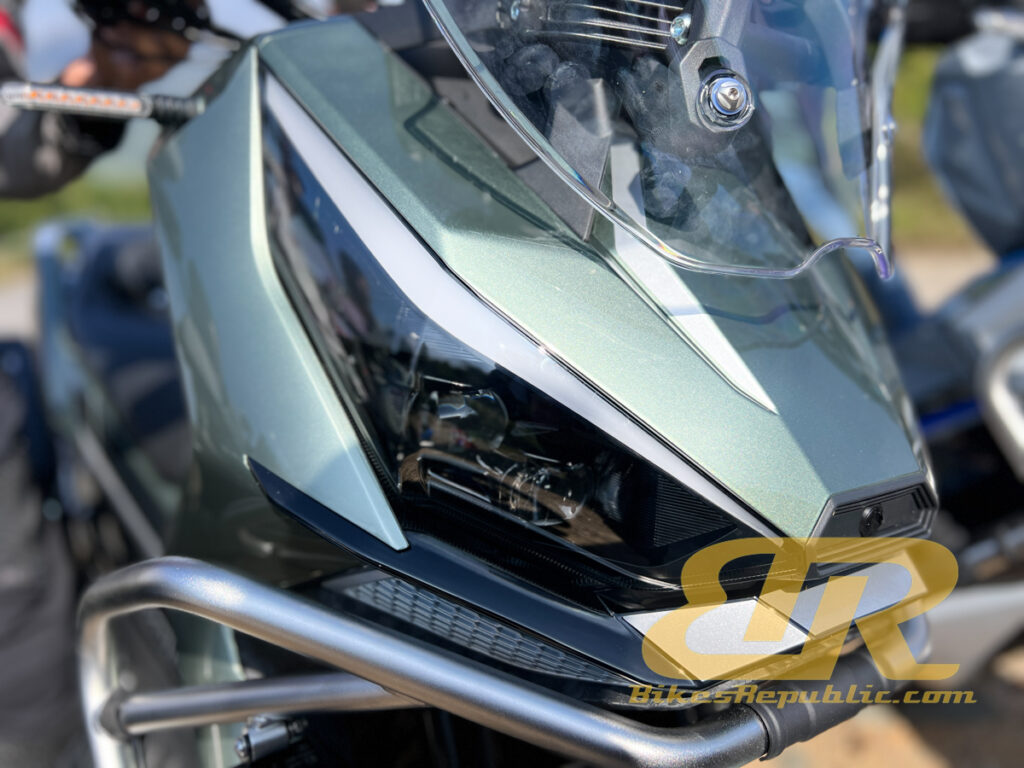
Launched in China in May 2024, it has taken the Chinese, European, and Thai markets by storm. The factory had to work overtime in order to keep up with the orders. Well, why not because the Thai distributor alone saw 9,000 orders on the very same day of the launching in September this year!
Features
Be warned, the list of features will put even some bigger and more expensive bikes to shame, much less its direct competitors!
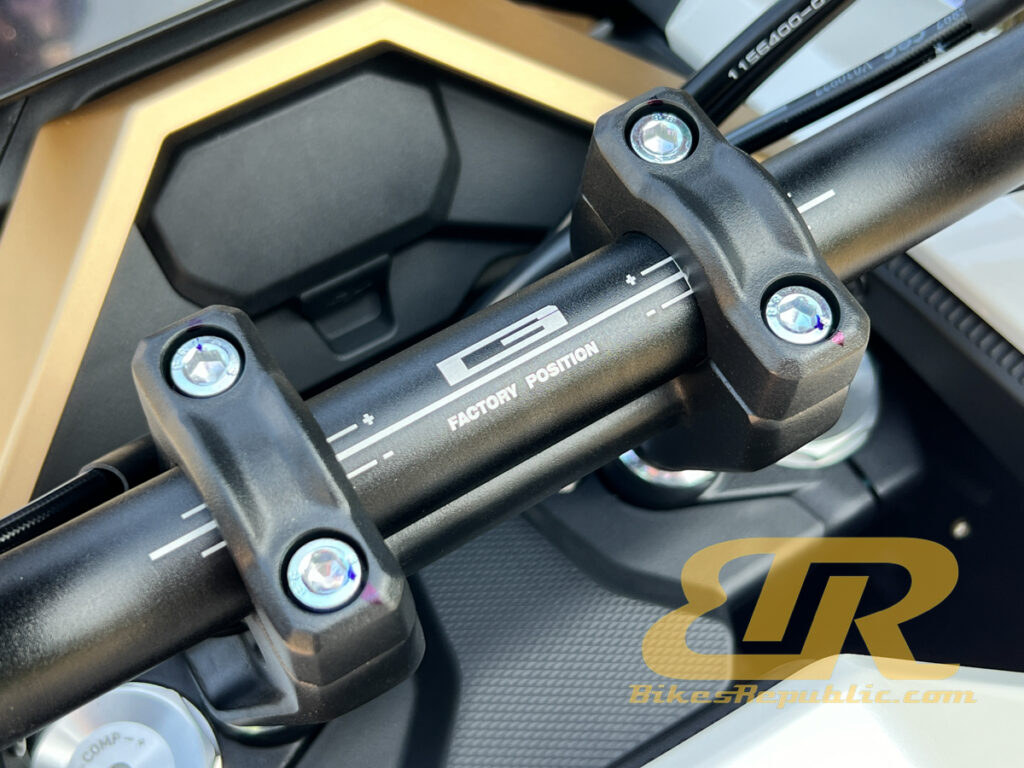
- 368cc, liquid-cooled, DOHC, single-cylinder engine that produces a whopping 38.8hp and 40Nm of torque. The only more powerful cylinder engine is the 399cc LC4c from 2024 KTM Duke 390. But then the Duke is a naked sportbike, so the 368G’s engine takes the prize as the most powerful powerplant in the 350cc-400cc scooter category.
- Upside-down 41mm forks adjustable for compression damping and tension (rebound damping).
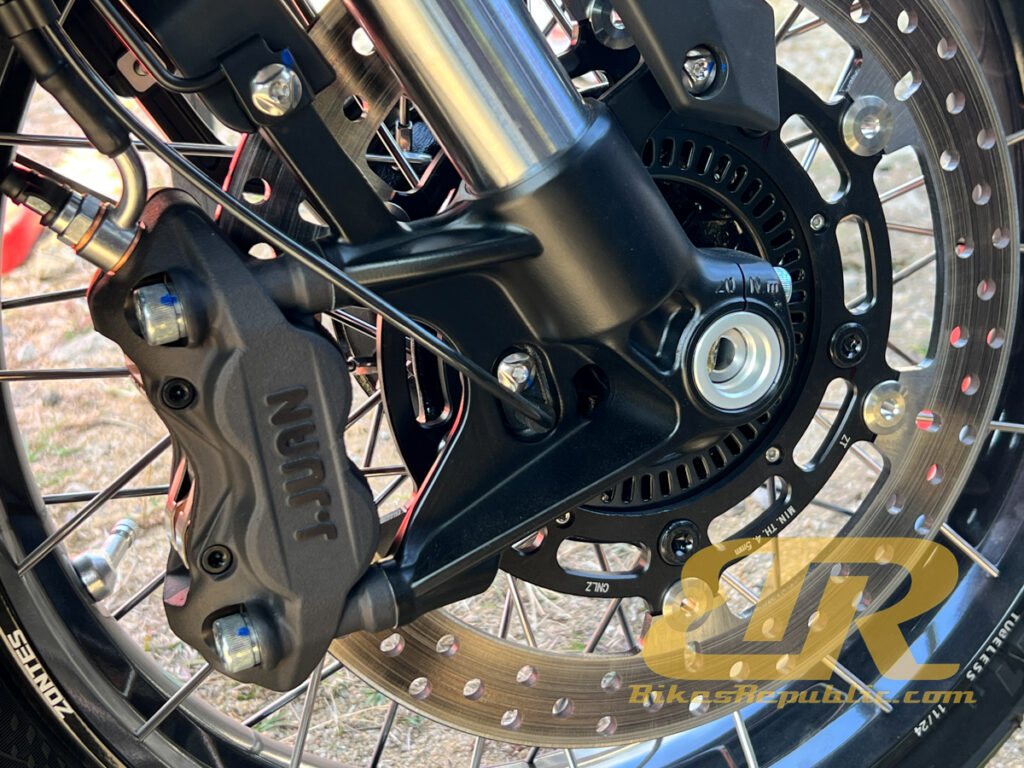
- Dual shocks adjustable for preload and tension, with remote reservoirs.
- 300mm front disc grabbed by a four-piston J.Juan radially-mounted caliper. J.Juan is now owned by Brembo.
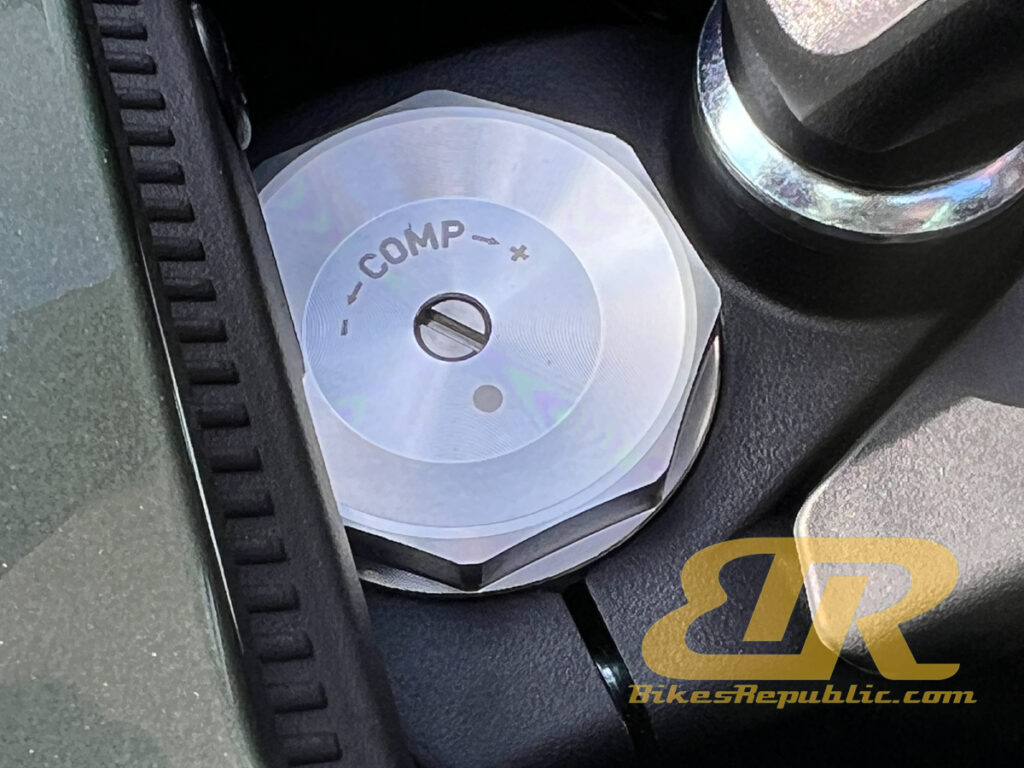
- ABS is dual-channel but the rear ABS can be turned off for off-road riding.
- 790mm standard seat height. The owner can opt for the 770mm lowered seat height.
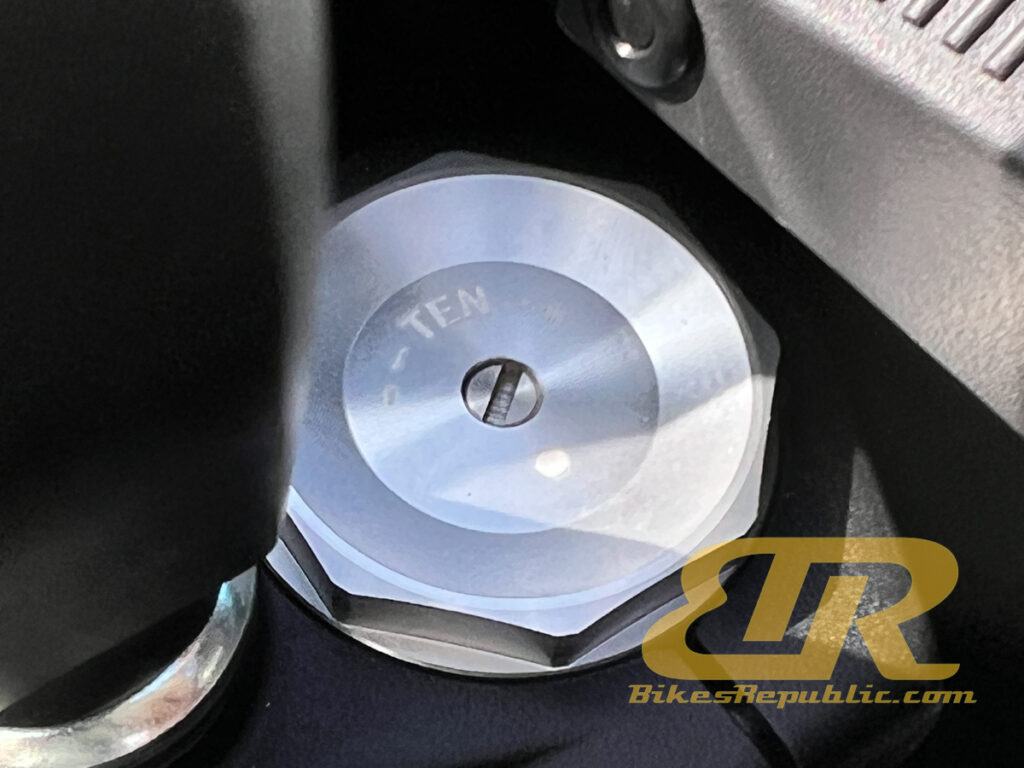
- Ground clearance is 180mm.
- Front wheels are 17-inches, the rear are 14-inches.
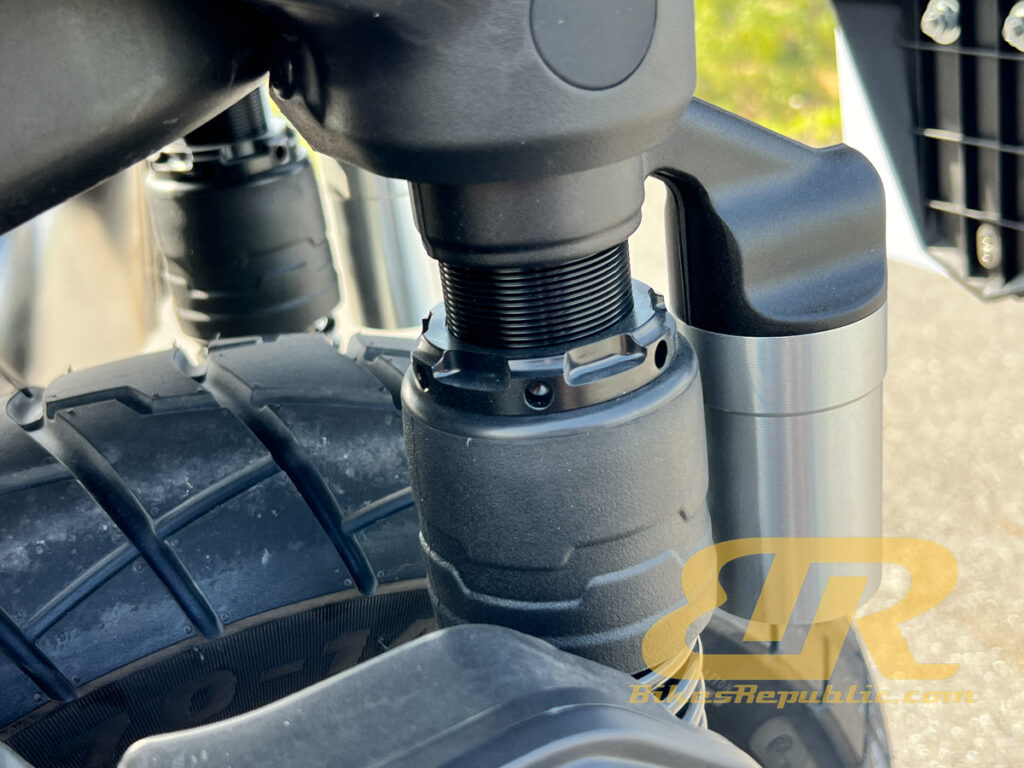
- Massive 52-liter underseat storage space that can take two full-face helmets. You can fit an adventure helmet (sideways) at the rear portion!
- Three. Yes, 3(!) USB charging ports.
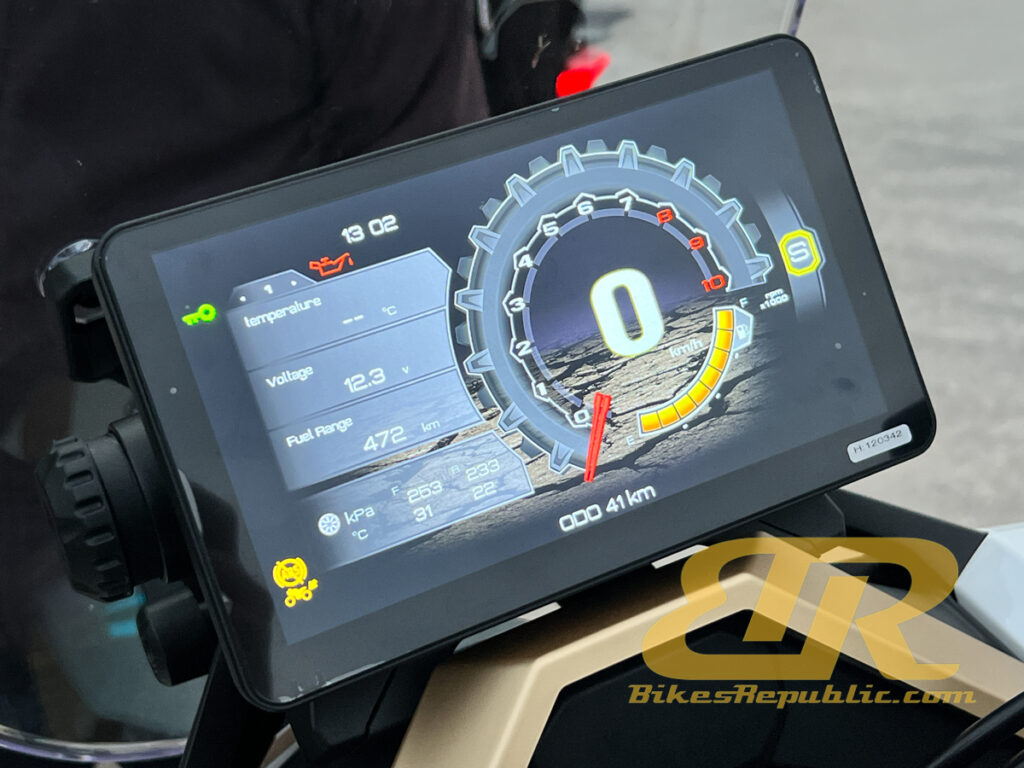
- 8-inch (uh-huh) colour TFT screen. Much sharper and bright under harsh sunlight now.
- Two power modes – Sport and Economy.
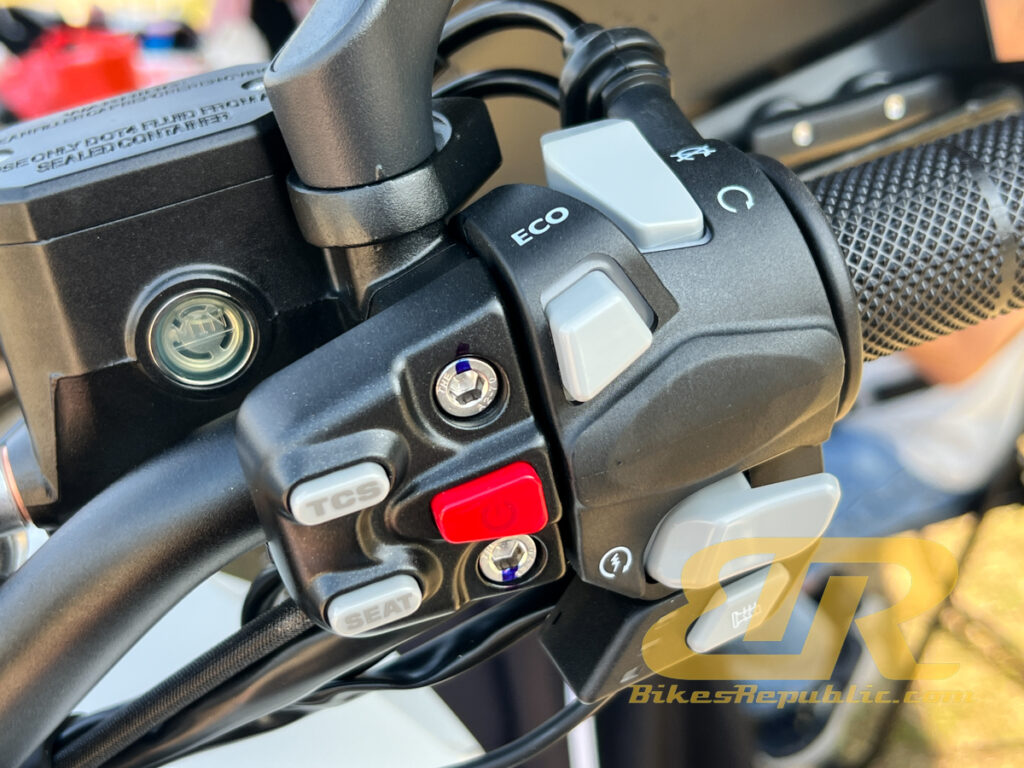
- Backlit switchgear.
- Keyless ignition and fuel filler cover.
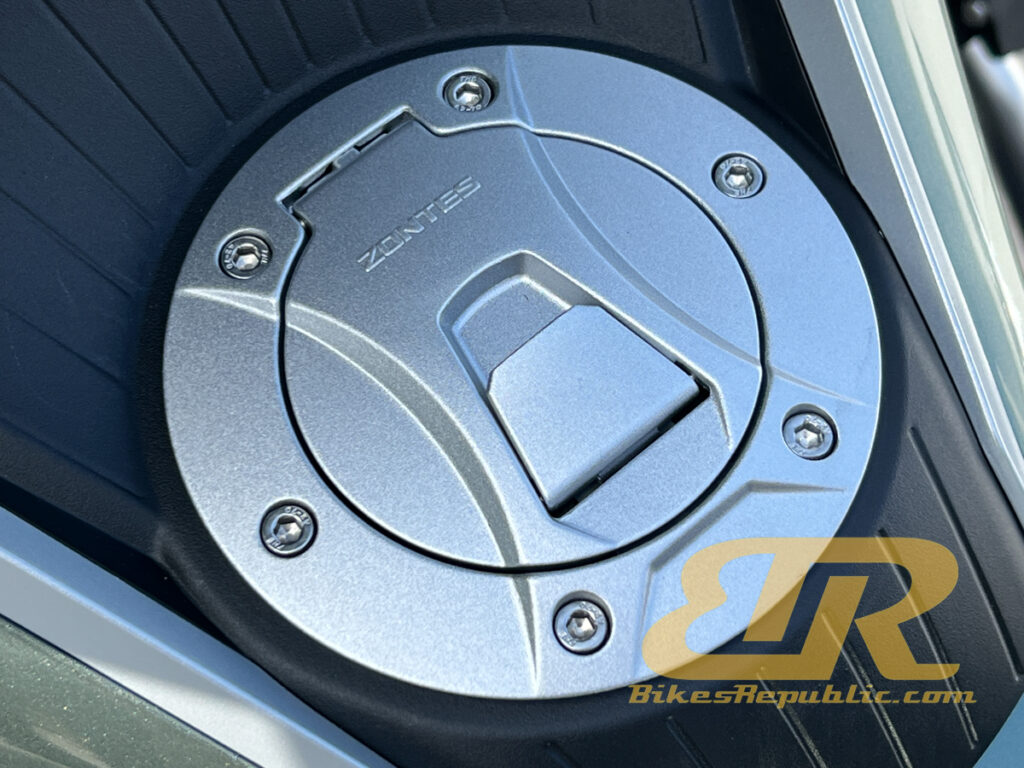
- Adjustable windscreen over 7 positions.
- Adjustable front and rear brake levers.
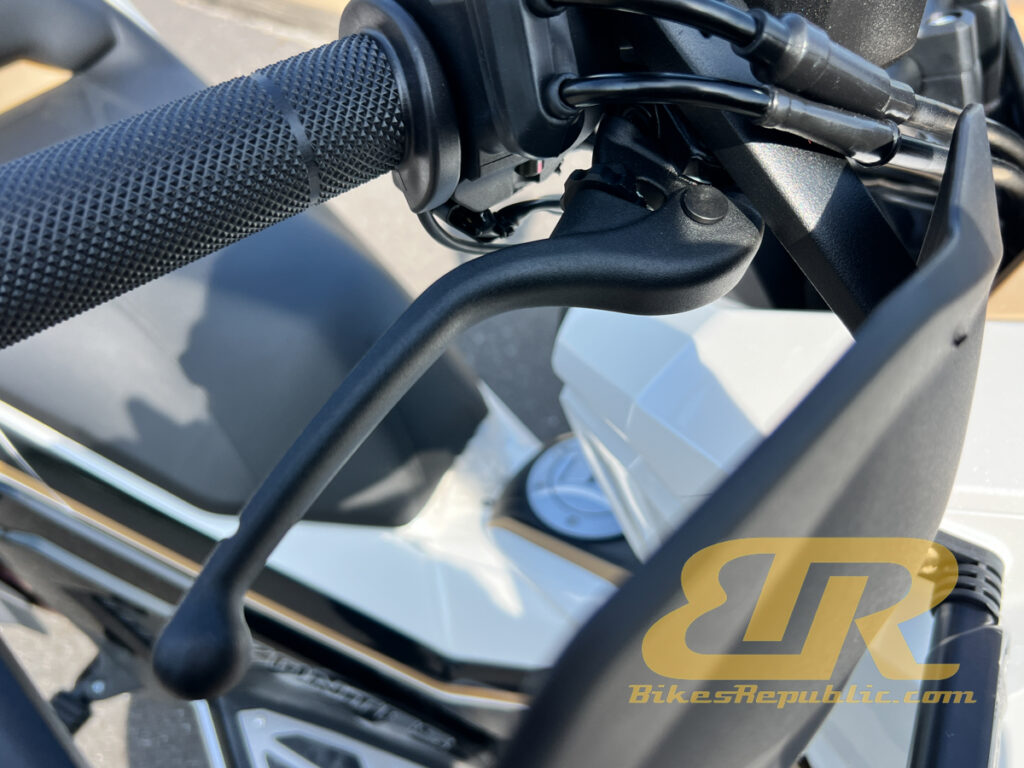
- Hand protectors are standard.
- Extra pair of footpegs for the rider to stand on when riding off-road (or if he wants to ride aggressively).
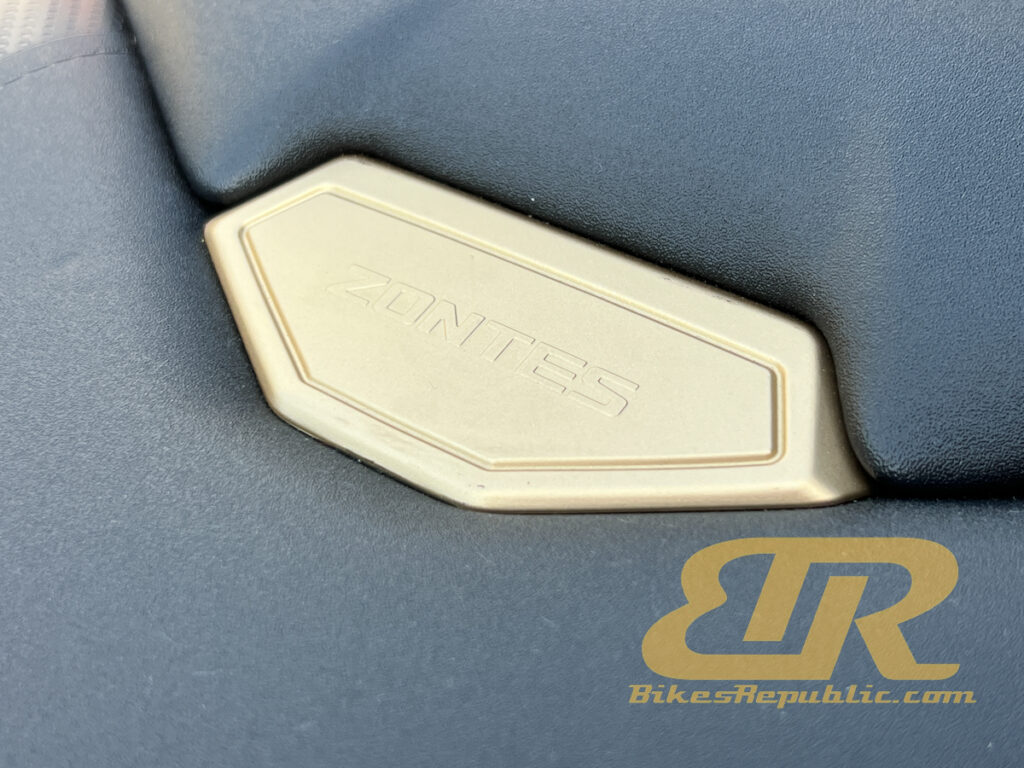
- Front and rear facing dashcam as a standard feature.
- And a partridge in a pear tree.
Our first ride
The media were bused to a remote region for a nice stretch of country road over a water reservoir’s dam. A few minutes later, a truck arrived and dropped off the 368G, 368D, 368E, plus the Zontes 703F triple. The three 368Gs looked like they just rolled out of the factory with all the plastic sheeting intact over the decals.
We rode over a truly bumpy road through a quaint farming village in order to reach and served as the initial test of the bike’s suspension. We did not even bother to ride on the smoother concrete portion as the chassis soaked it all up.
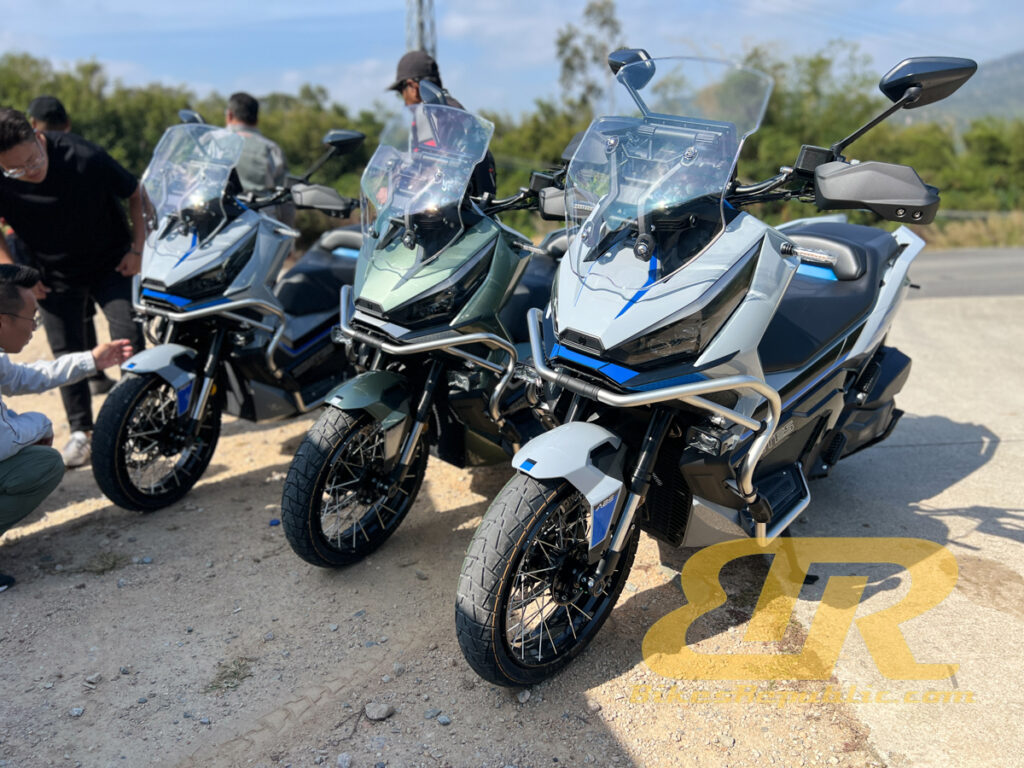
We cut loose as soon as we hit the beautifully paved dam road and the Zontes 368G just pulled smartly and quickly without that familiar shake typical of single-cylinder bikes. And it steered smartly into the corners too, without hesitation.
Oh, I forgot that I had a passenger onboard at the time. On later runs, the fastest (and most daring rider) managed to clock 166km/h with more to spare! Remember, these bikes have not even been broken in yet.
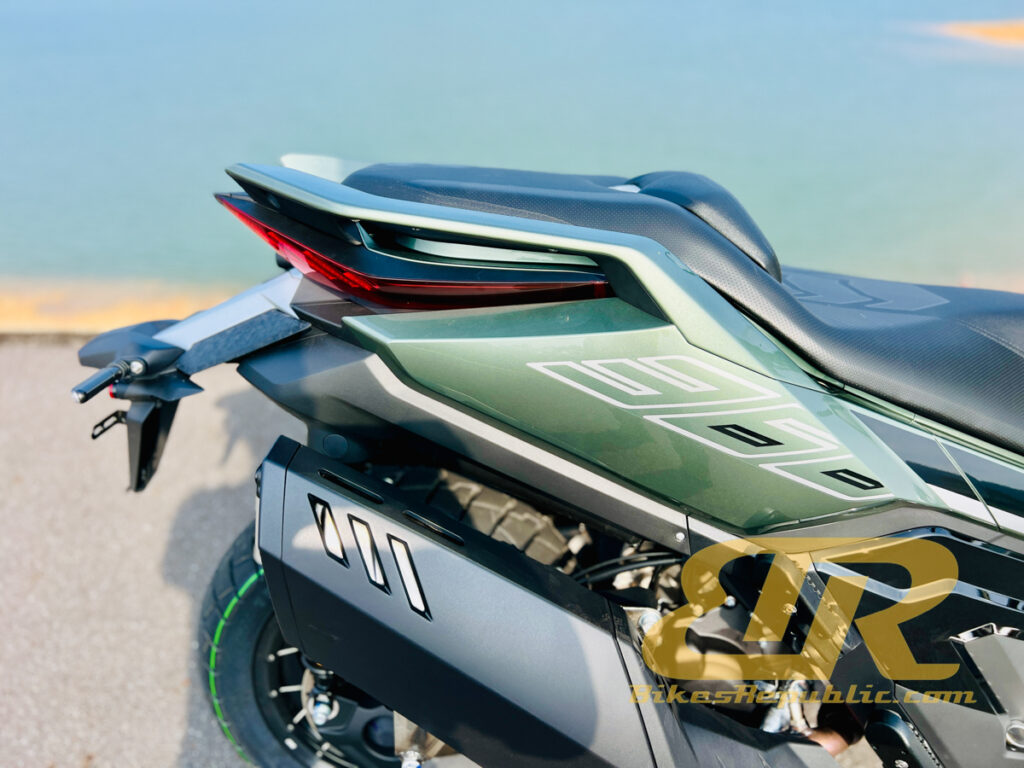
But me, I took it easy it was so peachy to ride. The throttle response was with no perceptible flat spots – open it and it goes, close it and the bike slows down smoothly. Similarly, the brakes had a good bite while providing great feedback. You just know how much finger force is needed to slow the bike.
Although it looks like the X-ADV at first glance, the body is actually much more compact. The footboards are also narrower, allowing the rider to plant his feet confidently on the road.
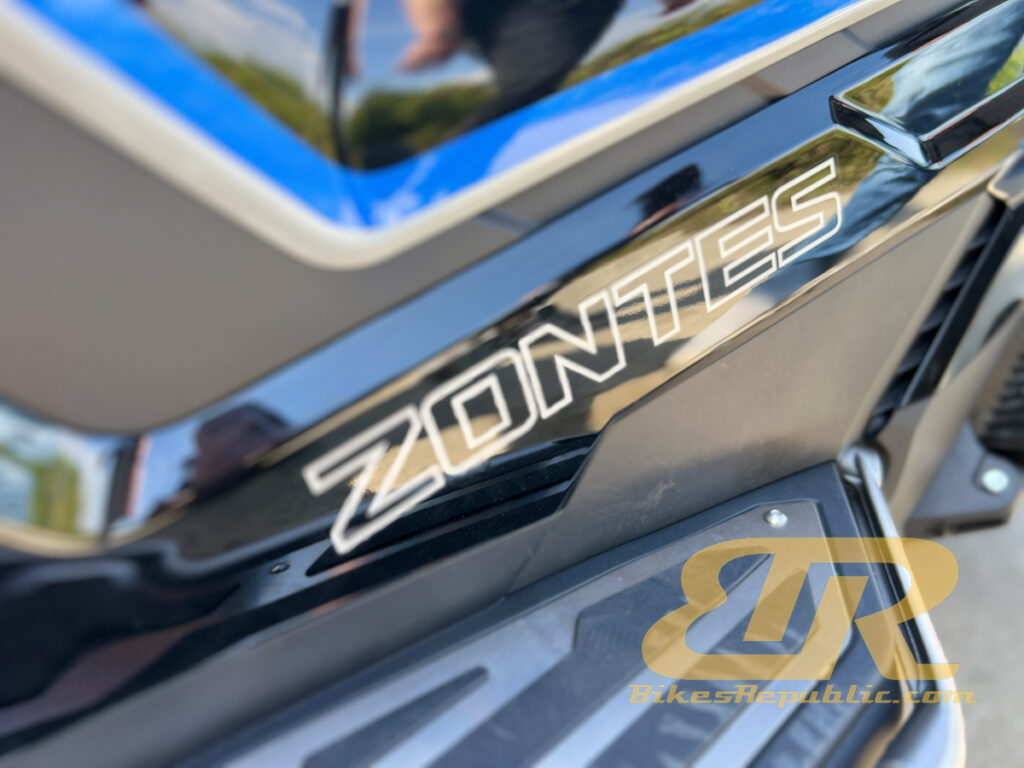
Speaking of planting his feet, we were surprised to find an extra pair of footpegs in addition to those for the passenger’s. These are meant for the rider to step on when he rides off-road. Not only that, the rubber pads can be removed, for the footrests’ spikes to grip the rider’s soles. This is a much better alternative than attempting to stand on the footboards. Additionally. the handlebar has markings for more accurate positioning. The passenger’s footrests are also placed higher and further behind compared to those on other scooters for the pillion’s comfort.
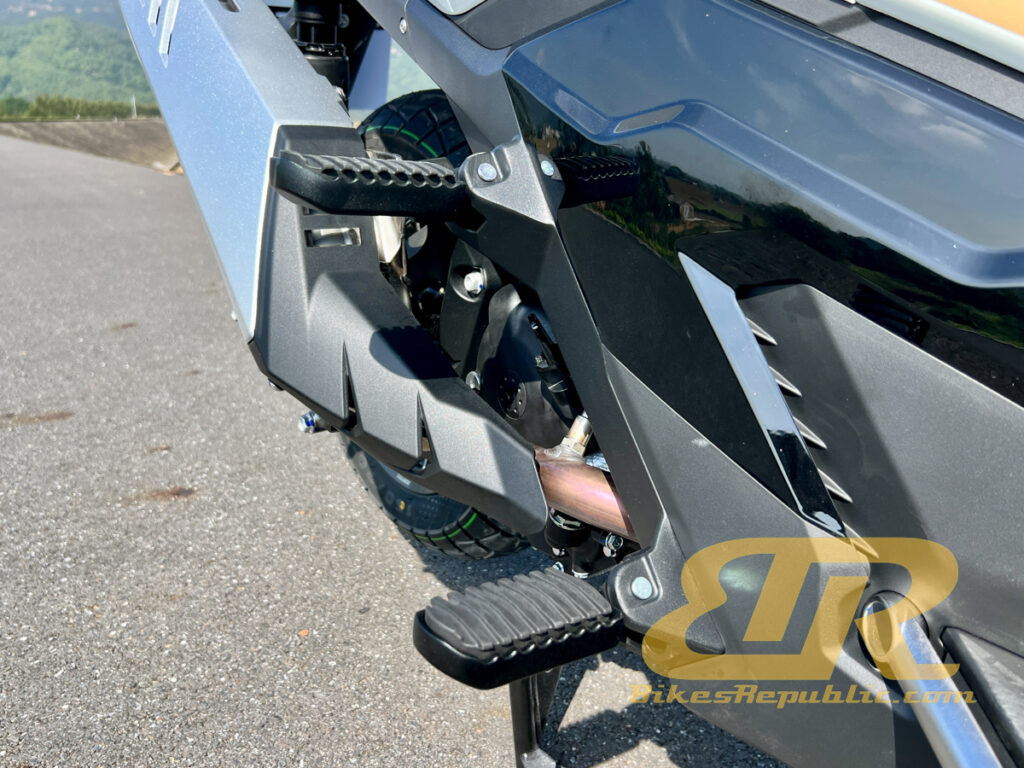
As for the electronics, the TFT screen in now much, much more improved – larger, sharper, brighter and can be read even under direct sunlight. The switchgear’s backlight is also much brighter and in red (not blue anymore) so to not degrade the rider’s night vision.
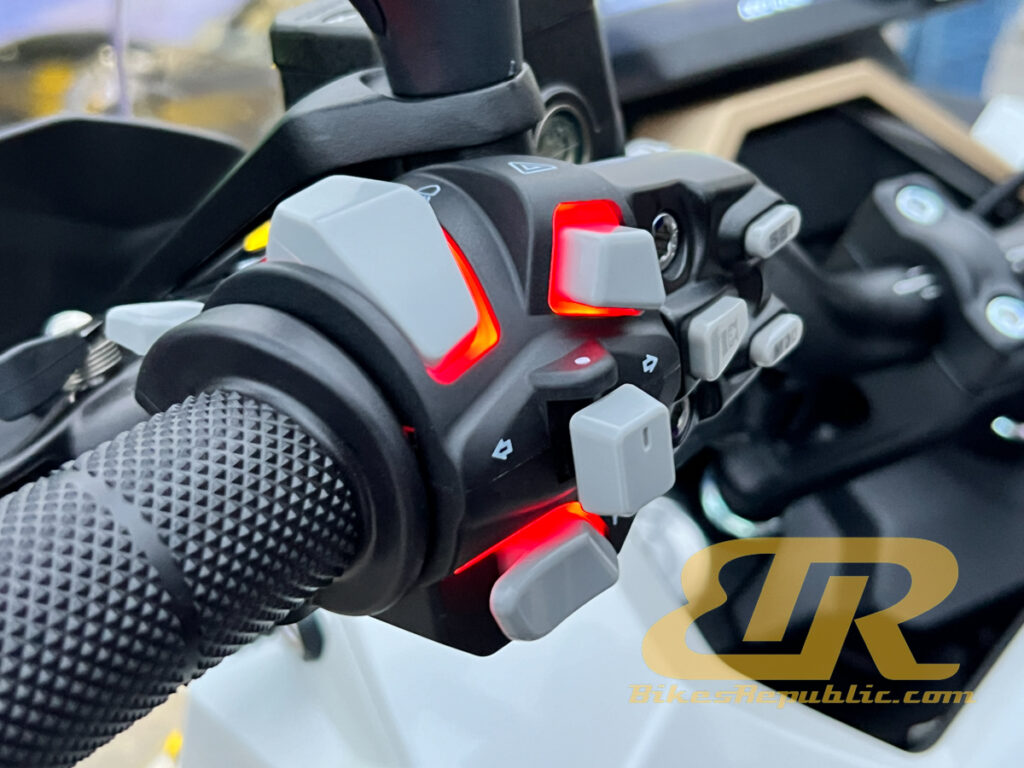
The other bits that impressed us was the built quality and attention to detail. which the pictures do no justice. The panels fit superbly and the paint was top notch (Zontes uses robots to paint their bikes). The plastic bits did not feel cheap to the touch or that they may become brittle, either. The finish on the mirror stalks and brake levers are the best we have seen.
It is simply lightyears ahead of the 155 and 310 series, and it shows you what Zontes has achieved in just 5 years from our visit. Now just compare that with most manufacturers who only refreshed their bikes’ graphics every year.
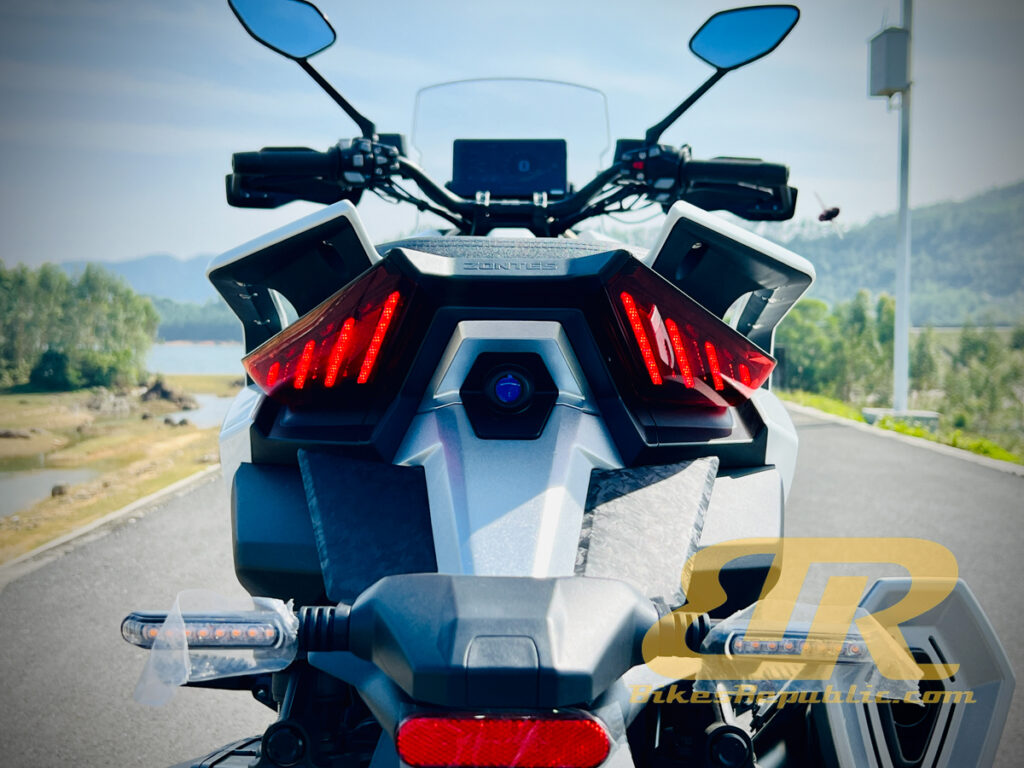
Price and availability
Zontes Malaysia says it will sell under RM29,000 and are targeting an official launch in the first quarter of 2025. The Road Transport Department (JPJ) will take two months for testing in order to award the bike its Vehicle Type Approval prior to its sale, anyway.
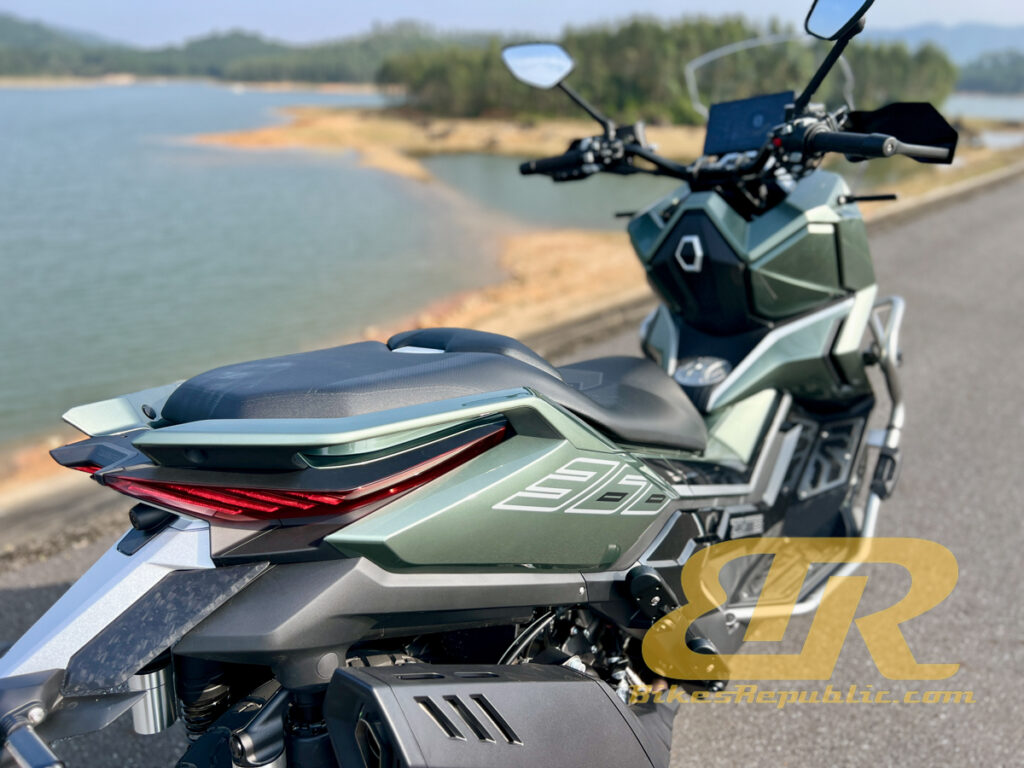
Conclusion
We hope to be able to test the bike more extensively when it gets here, Everyone of us came away super impressed with the Zontes 368G. The engine, suspension, attention to detail, quality, features, and finally price may well see it as the most popular scooter in the country.
